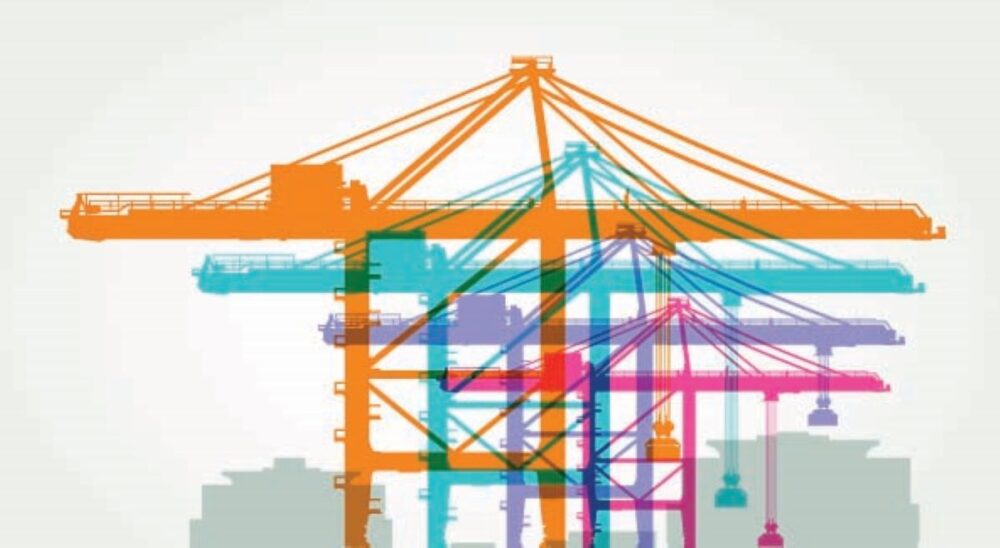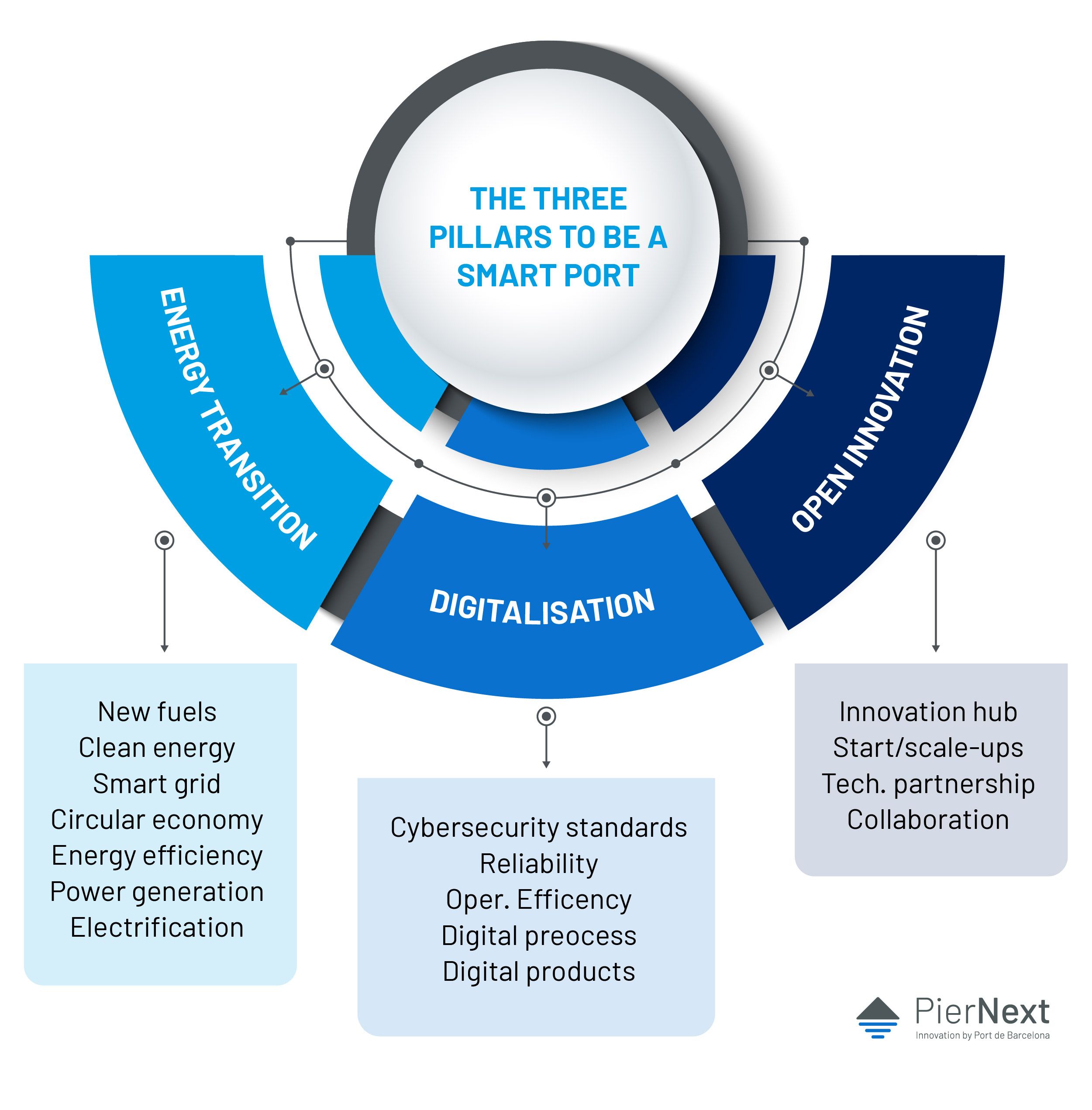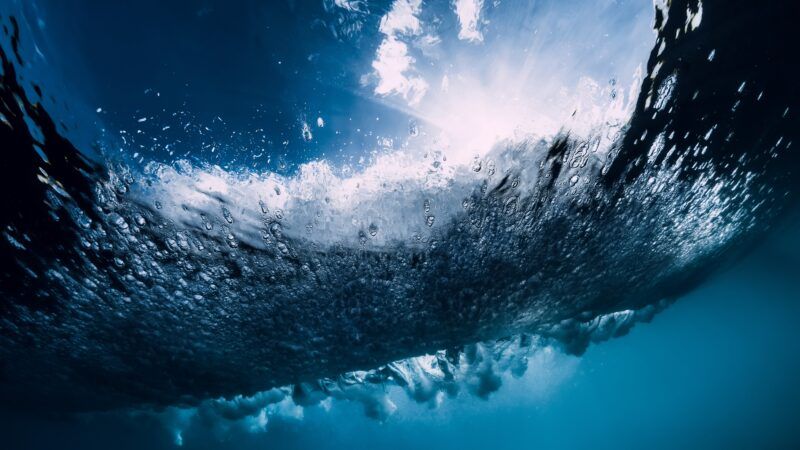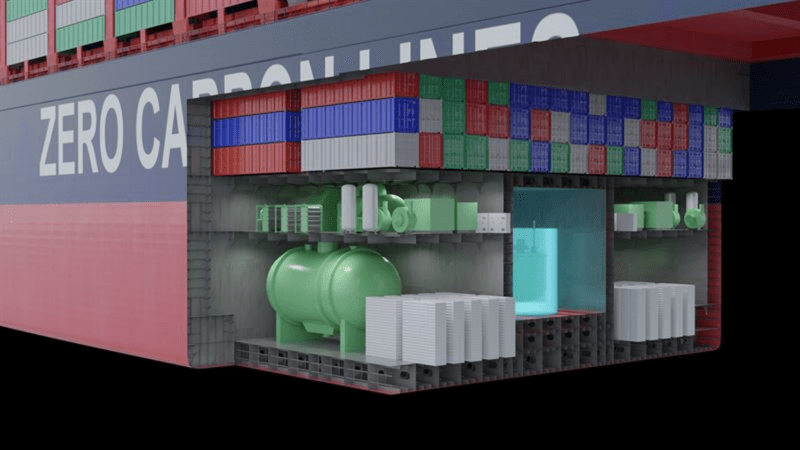 Digitalisation, enviromental sustainability and innovation hubs are the legs of the innovation table. (GettyImages)
Digitalisation, enviromental sustainability and innovation hubs are the legs of the innovation table. (GettyImages)
A three-legged table: the pillars of port innovation
If we analyze the innovation proposals recently presented by the ports in international forums, conferences, seminars -and now in webinars due to the pandemic- we can identify the prevalence of three clearly differentiated areas: the digitalisation of operations, environmental sustainability and development of innovation hubs.

Carles Rúa is the Chief Innovation Officer at the Port de Barcelona and Director of the Master’s degree in Executive in Supply Chain Management at the UPC.
 Digitalisation, enviromental sustainability and innovation hubs are the legs of the innovation table. (GettyImages)
Digitalisation, enviromental sustainability and innovation hubs are the legs of the innovation table. (GettyImages)
These three areas represent, today, the three pillars of port innovation. Three legs of an imaginary table that supports the most up-to-date port innovation:
1. The digitalisation of operations: old problems, new solutions
The digitalisation of port activity aims to solve a series of old problems well known by the sector: the integration between port agents through Port Community Systems (PCS), operational excellence, terminal productivity, cargo traceability or management of intermodal connections. However, technologies such as blockchain, 5G, digital twins, the internet of things, machine learning or artificial vision can offer very promising results when applied to these problems.
Currently, the Port of Barcelona is implementing a 5G pilot to optimize the movement and docking of ships; Antwerp, Montreal or Barcelona are actively working to develop their digital twins; Rotterdam has reached a good level of excellence with Pronto, its application that optimizes calls, while the Port of Hamburg is using quantum computing techniques to improve ground traffic.
However, technology comes into play in the later stages of problem-solving: first you have to identify the need, then the processes capable of solving it and, finally, the technology that can support those processes. The existing feeling among some Chief Information Officers is that, on the one hand, technological companies are forcing the introduction of technologies that have not always been sufficiently tested in a real environment, or that, directly, are not the most suitable for the problem they are trying to solve. In these cases, it is important to distinguish if we are developing a proof of concept or a pilot project and if there really is the intention to scale it to an operational level.
 2. Environmental sustainability and energy transition
2. Environmental sustainability and energy transition
The initiatives to improve the sustainability of ports are many and varied. Puertos del Estado, for example, highlights the development of the ‘Autopistas del Mar’, a boost to rail transport which starts and ends in port facilities, or the improvement of the mobility of heavy vehicles in the port environment.
In recent years, other measures have been applied, such as the promotion of alternative energy in transport; the improvement of energy efficiency and the drive to use renewable energies; and the control of diffuse emissions when handling solid and liquid bulks. Moreover, traceability and the degree of recovery of waste have improved, construction waste in port landfills among them; the response to marine pollution emergencies has been optimized; improving quality control of water and sediments in ports or, finally, the cease of waste dumping from ships or the optimization of water management in ports.
If we observe the public presentations delivered by the ports, we can perceive that these multiple initiatives concentrate in four different areas. Other facets of sustainability go much more unnoticed, probably because in the current context some are more widely recognized than others:
- Decarbonisation to reduce the environmental impact of port activity by means of electrical machinery or equipment or the use of hydrogen instead of diesel.
- The production of clean energy in ports and in maritime environments has great potential, whether onshore or offshore, wind, photovoltaic, tidal, wave, or osmotic.
- The use of alternative fuels in the different transport modes and especially in maritime transport, replacing current fuels with biofuels, liquefied natural gas (LNG), hydrogen or some of their carriers. Within this scope we can also highlight the electrical connection of ships or Onshore Power Supply (OPS).
- The commitment to circular economy, both at an operational level and when attracting new traffic related to it.
Ports must advance simultaneously in these three pillars of innovation since, like a three-leg table, all of them are essential to achieve the necessary balance
3. The development of innovation hubs
Maritime and port innovation hubs are growing in ports and with them, the development of hackathons, challenges, accelerators or incubators. It has become quite a common activity, either in the context of these hubs or as separate initiatives such as the Som-Inn Port de Tarragona program.
PortXL and RDM in Rotterdam, Pier71 in Singapore, NextGen District in Antwerp, Pier01 in Barcelona or The Dock in Israel, to name a few, are some port innovation hubs.
Big operators are also taking positions. This is the case of the OceanPro acceleration program from Maersk or ZeBox, the incubator and accelerator promoted by CMA-CGM in Marseille.
These innovation hubs respond to a triple need:
- The progressive commoditization of port activity, with increasingly similar offers in all ports, forces us to be innovative in order to differentiate ourselves from competitors, creating new offers for products and services and new business models.
- The growing pressure from cities to develop activities with greater added value on their port fronts and more compatible with urban uses of space. The development of innovation and training centers linked to the so-called "blue economy" make it possible to reconcile the needs of the maritime sector with metropolitan demands.
- And lastly, the increasing availability of spaces that have become obsolete for port traditional uses or that will become free in the future as a result of changes in energy and traffic models. For example, the reduction of the spaces used for coal transportation in the medium term or petroleum products in the long term. These spaces are available for new activities that are possibly more innovative and that must respond to a strategic change in business.
Some ports like Barcelona have been modifying their organizational structures to adapt to this new reality. In 2017, the figure of the digital manager was named as responsible for the port's digital project and the implementation of more than fifty initiatives that form the digitalisation plan. In February 2020, the figure of the energy transition manager was created to carry out the implementation of the docks electrification project. Finally, in 2021 the new area of innovation and business strategy has been launched to be in charge, among other functions, of promoting innovation in the port community and developing new business models.
In any case, ports need to understand the importance of simultaneously advancing in these three pillars of innovation since, like in a three-legged table, all of them are essential to achieve the necessary balance.





